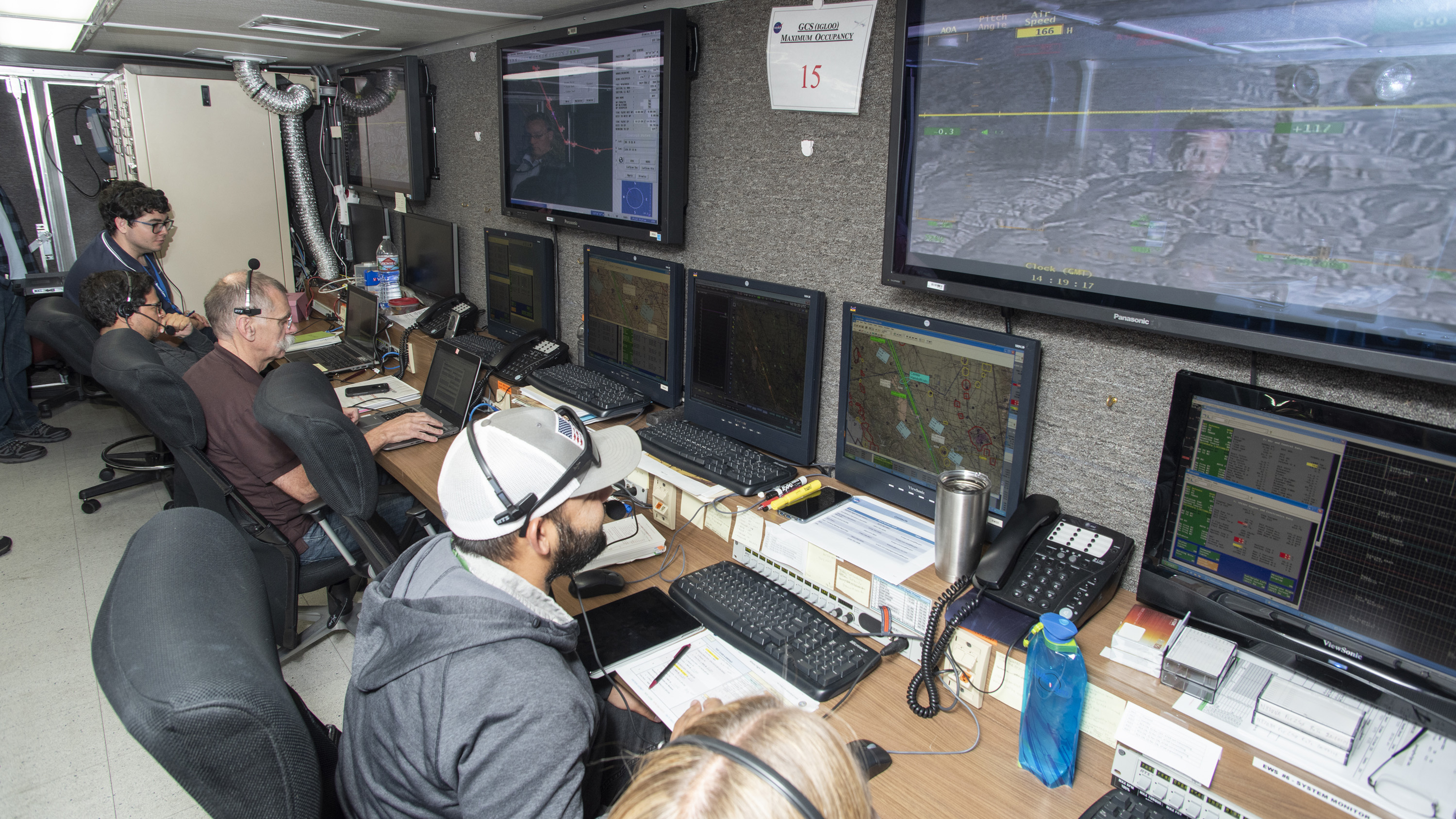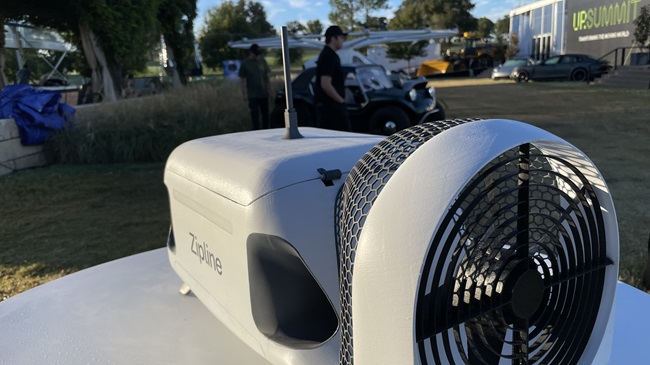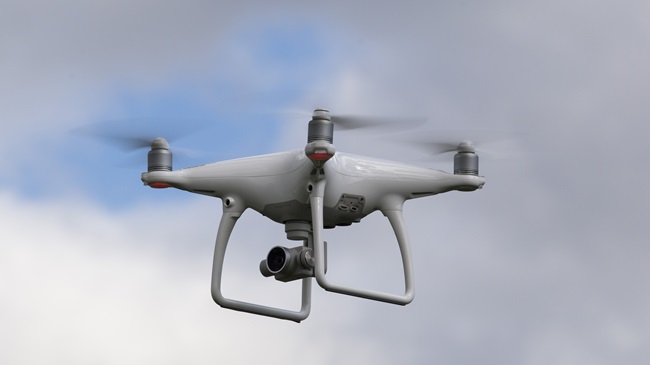NASA flies into drone history
June 12 flight made with no chase airplane
An unmanned NASA aircraft flew many miles into the National Airspace System (NAS) without a chase airplane on June 12, marking an agency first and validating detect-and-avoid standards for large, unmanned aircraft backed by AOPA.
The Ikhana aircraft (an unarmed variant of the General Atomics Predator) lifted off from Edwards Air Force Base and climbed to 20,000 feet before turning north toward Fresno, California. The June 12 mission marked the first time a large, unmanned aircraft navigated public airspace without a chase aircraft to help ensure traffic separation.
NASA obtained an FAA waiver in March to conduct the flight utilizing onboard air-to-air radar made by General Atomics, a Honeywell Traffic Alert and Collision Avoidance System, a Detect and Avoid Fusion Tracker, and Automatic Dependent Surveillance-Broadcast to keep the large, unmanned craft safely separated from other traffic during the mission. The flight included a descent to about 10,000 feet in Class E airspace over Tehachapi, California, followed by the initiation of an instrument approach to Southern California Logistics Airport in Victorville at 5,000 feet, NASA reported. NASA pilots and ground support staff communicated throughout the mission with air traffic control.

The NASA team did not request any flight restrictions, though area notams were filed for the Los Angeles and Oakland centers that provide air traffic control services for the areas where the Ikhana flew. The notams were advisory in nature, NASA officials reported in a follow-up email to AOPA, and the mission’s intent was to demonstrate interoperability and integration of large, unmanned aircraft in the NAS.
NASA Integrated Aviation Systems Program Director Ed Waggoner called the flight a “huge milestone” for the project team.
“We worked closely with our Federal Aviation Administration colleagues for several months to ensure we met all their requirements to make this initial flight happen,” Waggoner added in the news release.
The NASA team conducted the mission in accordance with FAA Technical Standard Orders published in 2017 and supported by AOPA, which provided comments to the FAA on the draft TSOs in July 2017. TSO-C211 Detect and Avoid Systems and TSO-C212 Air-to-Air Radar for Traffic Surveillance took effect in September 2017, establishing minimum standards that apply to unmanned aircraft larger than 55 pounds flown in the NAS.
NASA reported all of the test objectives were accomplished, and Ikhana landed at its home base at Armstrong.





